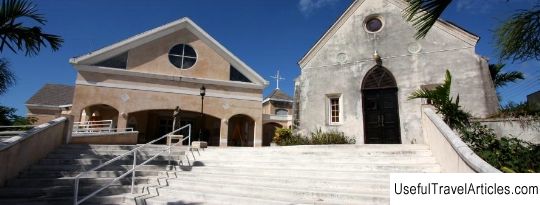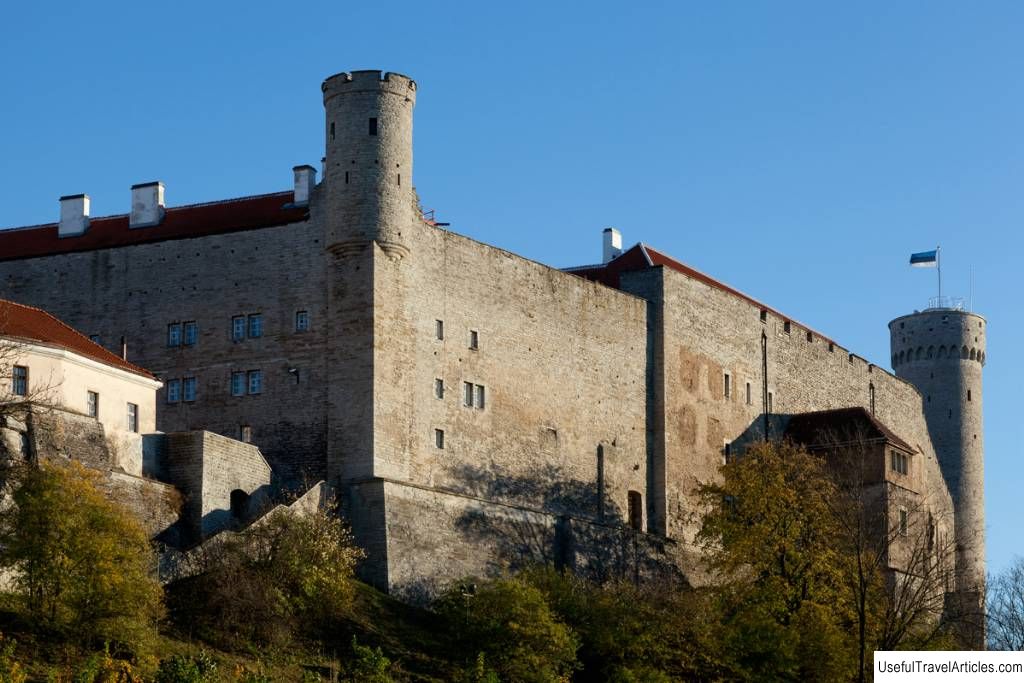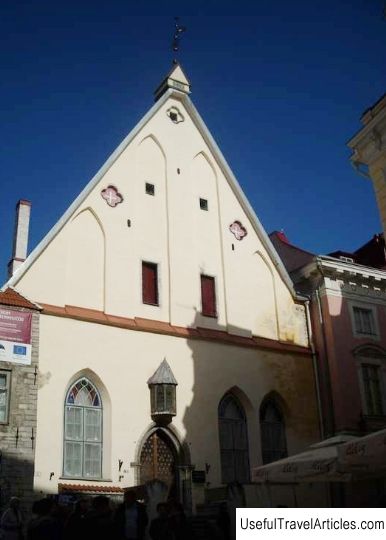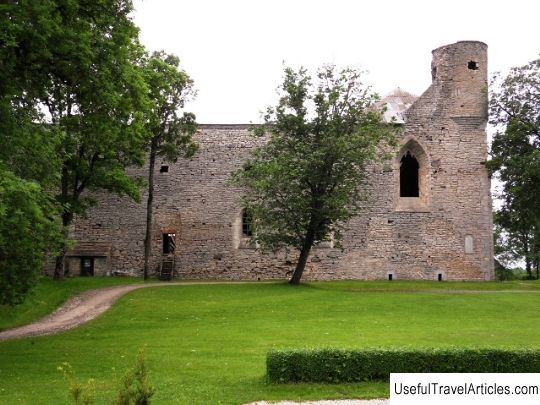Glehn Castle (Glehni loss) description and photos - Estonia: Tallinn
Rating: 8,8/10 (7463 votes) 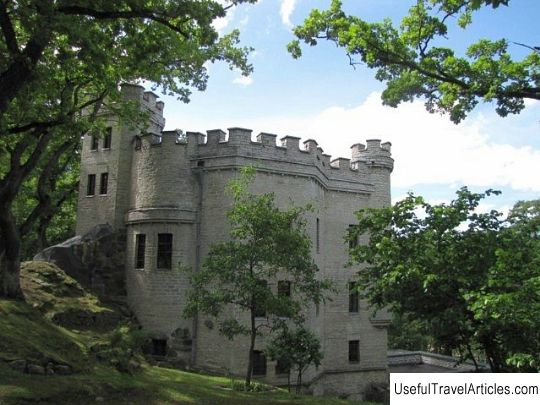
Glehn's castle (Glehni loss) description and photos - Estonia: Tallinn. Detailed information about the attraction. Description, photographs and a map showing the nearest significant objects. The title in English is Glehni loss. Photo and descriptionGlen Castle - located in Tallinn in the Nomme region on the Mustamagi slope. There is a beautiful park around the castle. Landowner Nikolai von Glen founded a park on this slope. The castle was built in 1886. It is not known why the baron exchanged the fertile land beyond Lake Harku for the pine-covered slope of Mustamagi. Such an act from the point of view of the contemporaries of the landowner von Glen seemed almost insane. This hill has been popular since the mid-19th century as a picnic spot. Apparently, the baron planned to found a city on this place, since the project included a town hall, a post office, several churches, a hippodrome, and even a mud bath. The castle itself was built according to the project of the owner of the territory. The landowner personally participated in the construction. The main work was carried out by the inmates of the Tallinn prison. Von Glen sometimes, for the sake of aesthetic development, played excerpts from Wagner's operas on the clarinet for the prisoners. The castle was built in the medieval Gothic style. Opposite the castle you can see the ruins of the "palm house", which during the Baron's time was a semi-underground greenhouse. Unfortunately, today the baron's winter garden is in a sorry state. Not far from the ruins, on a hill, there is a four-sided obelisk built in honor of the beloved horse of Baron von Glen. Nearby, between tall trees, stands a huge sculpture, popularly called the Glenovsky Devil, although, according to the author's intention, it is a giant the sculpture personified the Estonian character Kalevipoeg. The sculpture that we see today is a copy, the original was destroyed during the First World War, its fragments can be seen several ages from the copy. Not far from the "Glenovsky line" there is another stone giant, popularly called "crocodile", which, according to the plan of the baron, should have been a dragon. Between these two sculptures, you can see a depression that looks like a wide ditch. The baron planned to make a river here, the source of which would be the Paaskula bog. The river was supposed to flow through the park, and fall like a waterfall from a cliff. However, this idea was not carried out either, since the sandy soil absorbed all the water, and the park remained with a dry riverbed. There is also the baron's building, which has survived to this day - this is the "observation tower". According to the plan of the baron, the tower should have been high enough to show the Finnish coast. Unfortunately, von Glen failed again: the foundation was too frail, and the idea had to be abandoned. Today this building houses an observatory. The eccentric Baron von Glen made many more sights in the park, which, unfortunately, have not survived to our time.              We also recommend reading Museum of electric transport description and photos - Ukraine: Kiev Topic: Glehn Castle (Glehni loss) description and photos - Estonia: Tallinn. |
